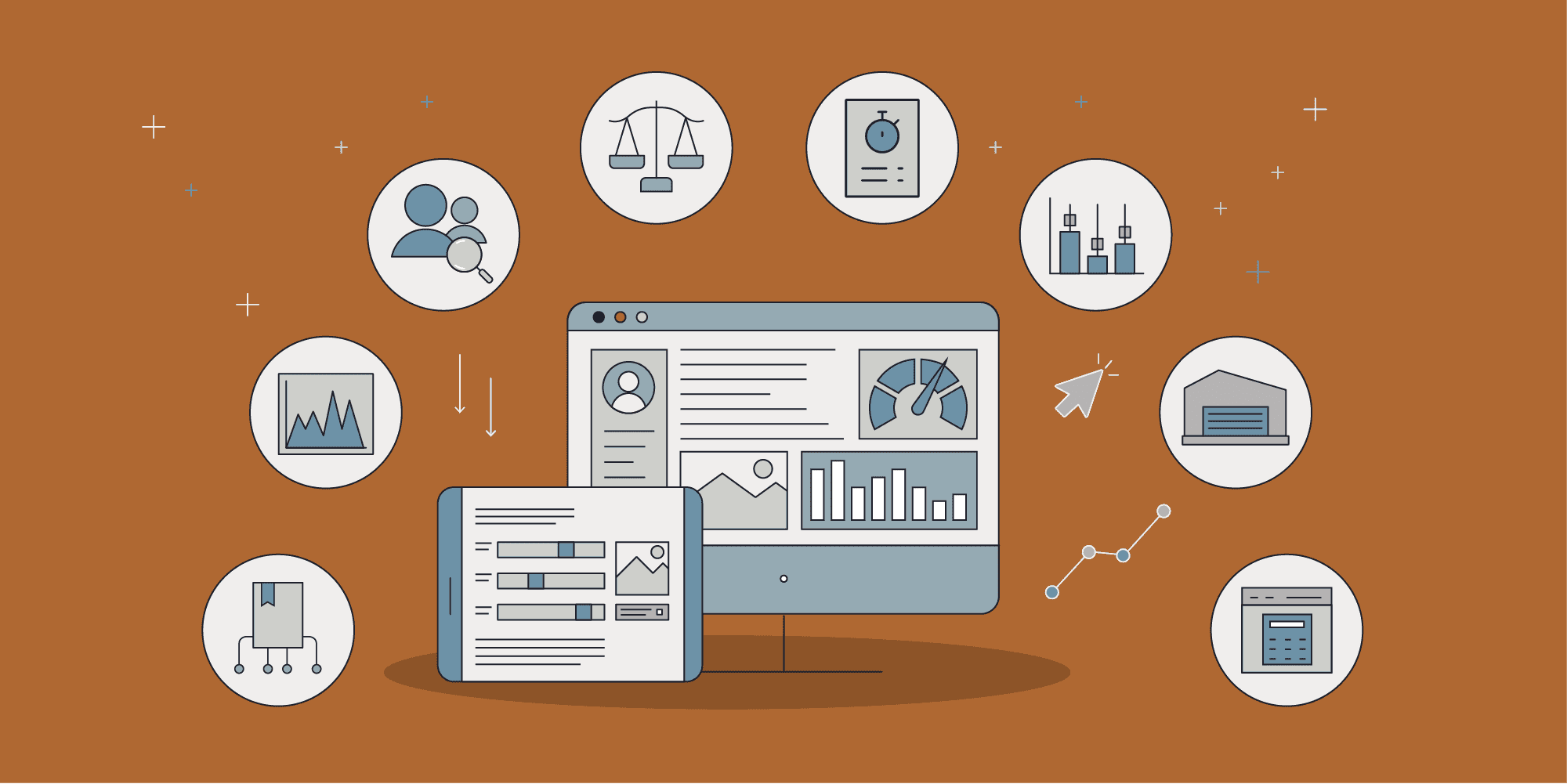Your portal to better partnerships.
30th November 2020 •
30th November 2020 •

So, you’re thinking of creating a portal? Great idea. There are all sorts of portals you could build – aimed at your channel, resellers, distributors, suppliers; to support your branding and marketing; or even to contain e-learning modules. There are few better ways of improving communication and building a long-term relationship with your best customers/business partners, as well as providing an opportunity for you to have a direct influence on these audiences.
Whether it hosts reward schemes, crucial training and certification, valuable case studies and reports, or it’s just used to keep partners up to speed with what’s happening in their world, a well-designed channel portal is a doorway to loyal and long-lasting partnerships. Designing and creating a portal your partners regularly access for valuable insights, tools and information will strengthen your relationship and build loyalty for your organisation.
If you do it right of course, a portal should never be a vanity project, where design is prioritised over content and usability. But unfortunately, plenty of portals end up that way.
So how do you get it right? For starters, consider your audience. At Torpedo, our approach to channel portals always begins with the same question – why would your users want to spend any time there? What’s in it for them? And can they do everything they want to do?
Content is obviously important – you need to decide on the right balance between information and education; between product news and sales promotion and what software to integrate or provide links to. For example, will you include sales tools, co-branded marketing materials, or tools for lead management? But whatever you choose to make available on your portal, the most important factor to consider is usability. Portals are all about engaging with the end user. If you don’t put the information they’re looking for on your portal, or you don’t make it easy for them to find it, they won’t hang around for long, or come back.
When designing and creating your portal, we’d recommend that a sizeable portion of the budget is spent on the discovery phase of the project. This includes an API-first approach to ensure the data can move seamlessly around disparate data sources, UX, UI and usability testing, involving focus group testing from all the types of user groups that you are hoping to engage.
This is often a balancing act between line of business requirements – e.g., HR, Sales, IT, Marketing etc, and the requirements of the end-user. Both the internal and external audience will be using the portal as a self-service tool to access the information they want to find. So, as you’re developing how it looks, how it works and what content it contains, it’s vital to include all parties in the discovery and testing, to determine what information and services will be included, and how they will be accessed.
This brings us to the most important channel portal ingredient – navigation. We’re sticklers for simple, effortless navigation. Your partners’ time is as precious as yours, so it’s vital to make sure they can get to the content they want as fast as possible. They may just want to know a few simple facts, but if it takes them 10 minutes to find them buried in a blog, they won’t be back.
As well as making it easy to find information on your portal, it’s also worth providing the capability for your users to customise what they see, so they can access the content most relevant to them more easily. For example, rather than searching for specific reports, blog articles, or case studies from the portal every time they access it, you could add a feature so that the user can favourite it to their dashboard and have it bookmarked for easy reference. This saves time for everyone and makes the portal more appealing to use.
Once you’ve been through all the stages of development, and the portal is up and running, make sure you measure its success with the right metrics. Don’t get hung up on the number of clicks and visits, or the amount of time spent on the site – but you can and should track how many training options were taken up, how many promotional packages were used, and so on – to give you a clear picture of how effectively your budget is being spent on this powerful marketing tool.
We’ve worked with clients to develop several successful channel portals, so if we’ve convinced you, or just reassured you that embarking on a portal project is the right next step for your business, why not give us a call?
More about channel portals